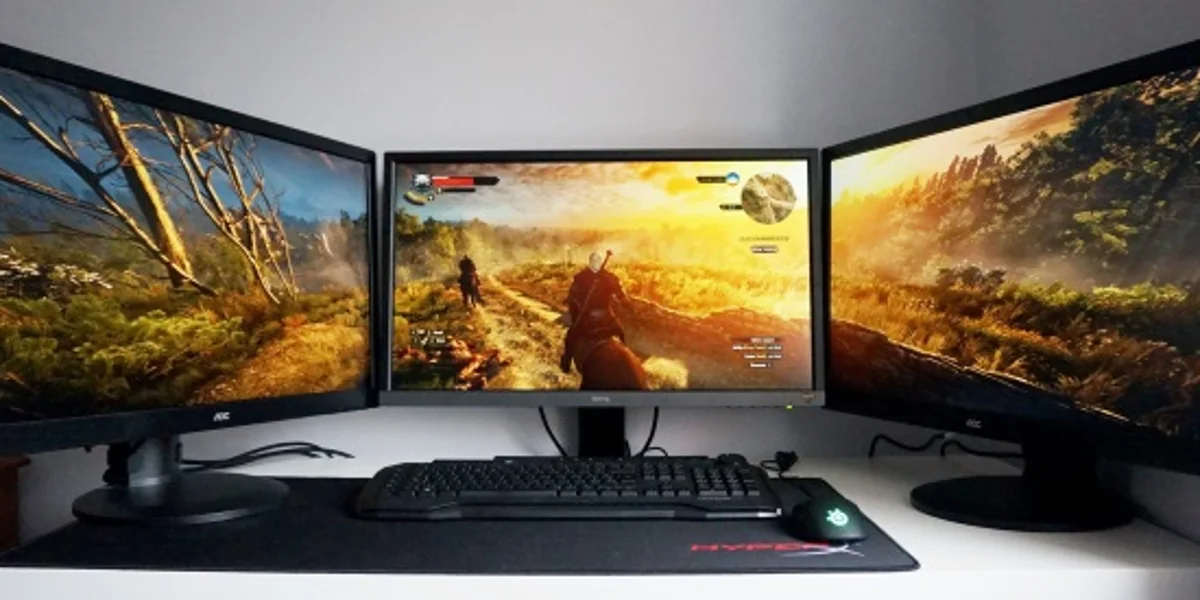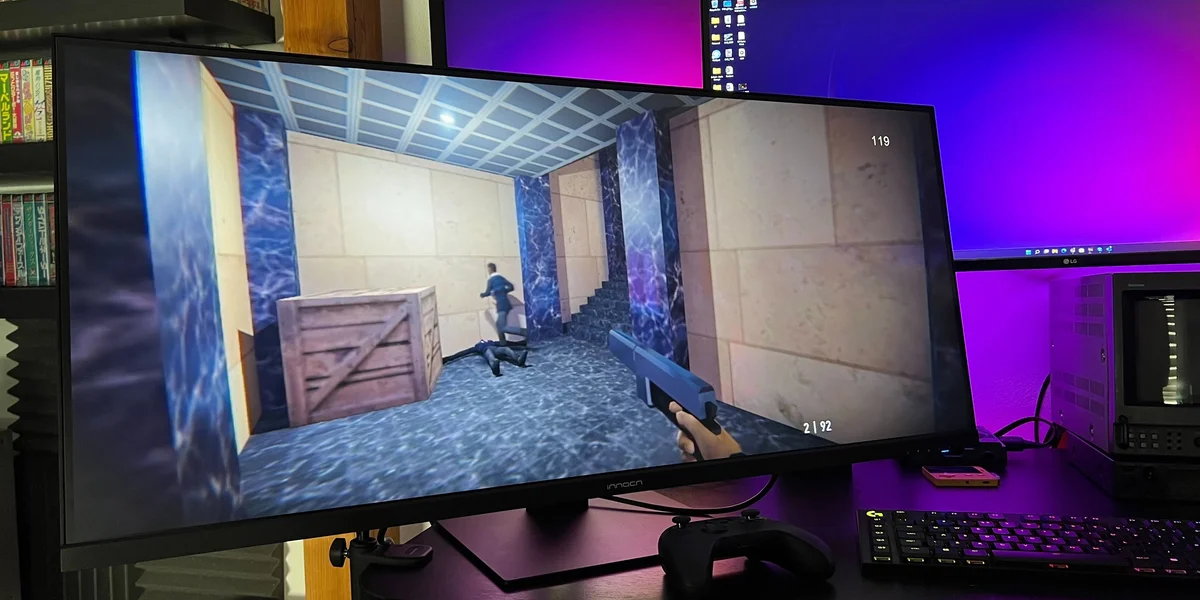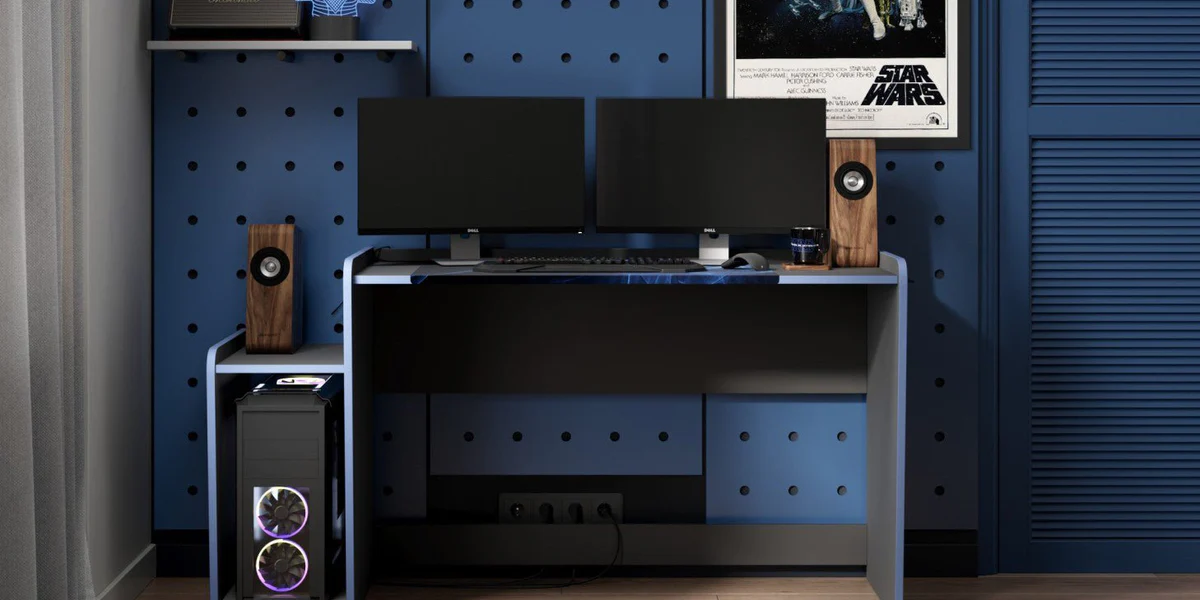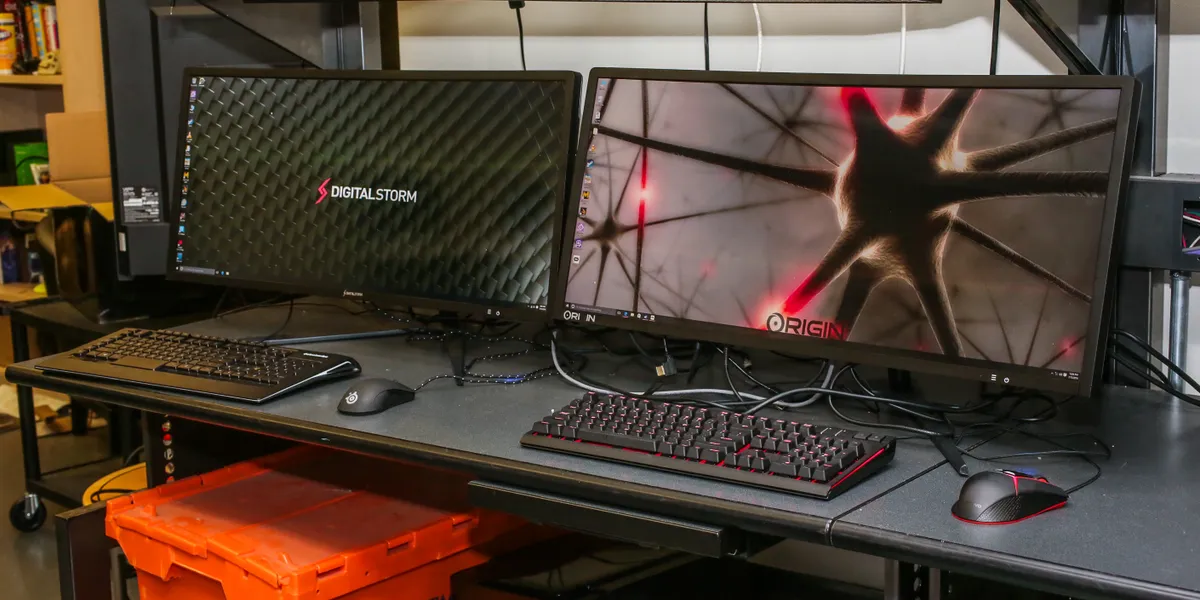Welcome To All My FAQs!
💻✨ Title: Keep Your PC Running Smoothly: Top 10 Maintenance Tips You Need to Know ✨💻
Your PC is not just a machine; it's an integral part of your daily life,
🔒💻 Title: Safeguard Your Sanctuary: Best Practices for Securing Your PC Against Cyber Threats 💻🔒
In today's interconnected world, ensuring the security of your PC is paramount to safeguarding your
🕹️🚀 Title: Level Up Your Gaming Experience: Top Tips for Optimizing Performance on Your PC 🚀🕹️
Are you tired of laggy frame rates and sluggish gameplay on your PC? Fear not,
🎮💻 Title: A Gamer’s Guide: Choosing the Perfect PC Components for Your Needs 💻🎮
Are you ready to embark on an exciting journey into the world of PC gaming?
A Comprehensive Guide to Setting Up Your Own Gaming PC
Gaming has evolved from being a mere pastime to a passionate hobby, and for many
Mastering Productivity: How to Optimize Your Smartphone for Efficiency
In today's fast-paced world, our smartphones have become indispensable tools for managing our daily lives
Your Roadmap to Safe App Downloads: Navigating App Stores with Confidence
In the vast digital landscape of mobile applications, finding safe and reliable apps can feel
Unleash Your Smartphone’s Potential: Tips to Maximize Battery Life
In our fast-paced digital world, our smartphones serve as lifelines, keeping us connected, organized, and
Safeguard Your Smartphone: 10 Essential Mobile Security Tips
In today's digital age, our smartphones have become an extension of ourselves, holding a treasure
Mobile Security: Safeguarding Your Digital Life
In today's hyper-connected world, our smartphones have become more than just communication devices; they are




